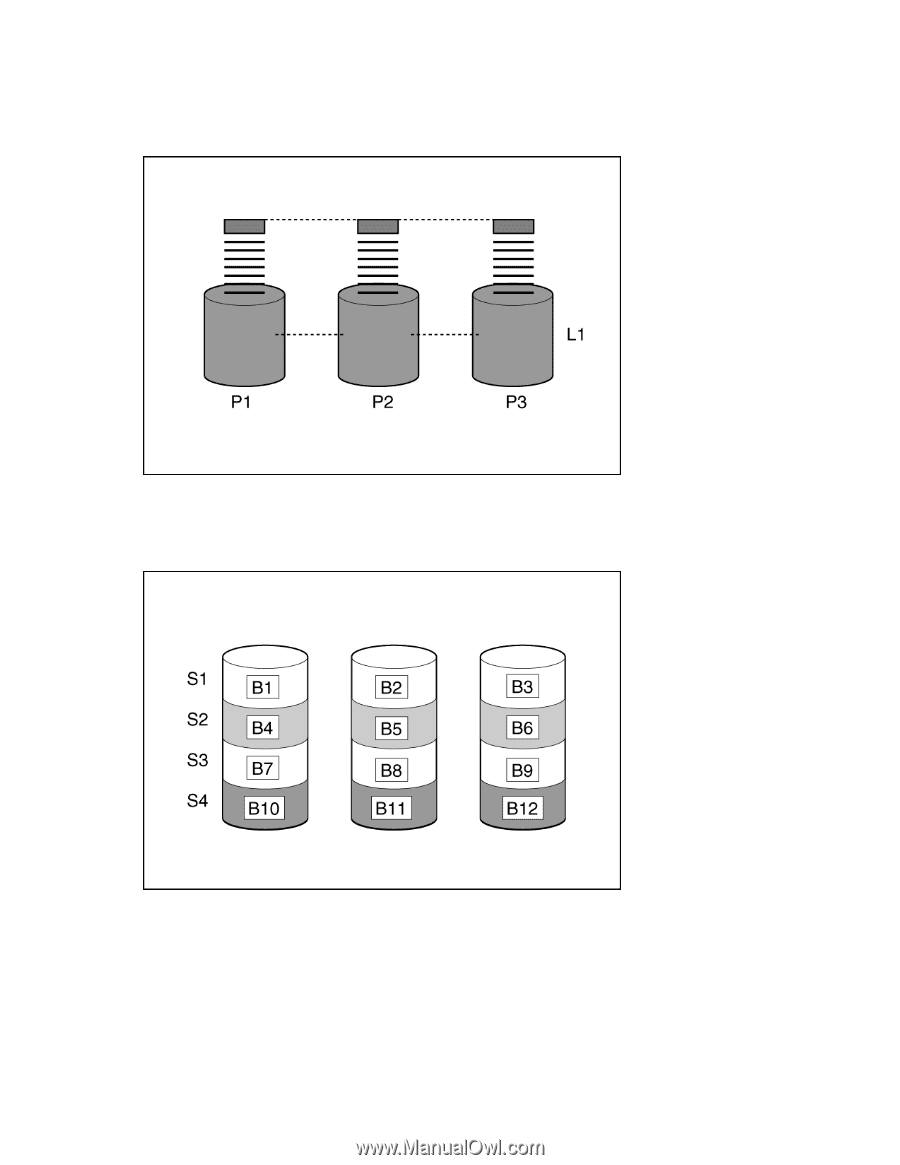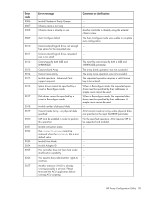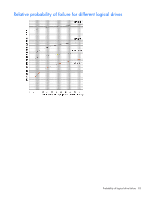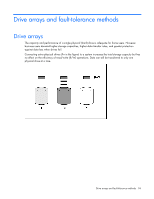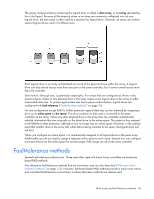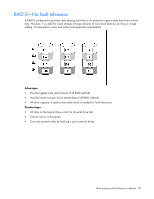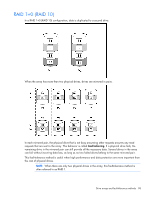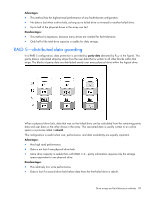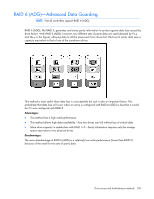HP ProLiant DL288 Configuring Arrays on HP Smart Array Controllers Reference G - Page 95
For data in the logical drive to be readable
 |
View all HP ProLiant DL288 manuals
Add to My Manuals
Save this manual to your list of manuals |
Page 95 highlights
With an array controller installed in the system, the capacity of several physical drives can be combined into one or more virtual units called logical drives (also called logical volumes and denoted by Ln in the figures in this section). Then, the read/write heads of all the constituent physical drives are active simultaneously, reducing the total time required for data transfer. Because the read/write heads are active simultaneously, the same amount of data is written to each drive during any given time interval. Each unit of data is called a block (denoted by Bn in the figure), and adjacent blocks form a set of data stripes (Sn) across all the physical drives that comprise the logical drive. For data in the logical drive to be readable, the data block sequence must be the same in every stripe. This sequencing process is performed by the array controller, which sends the data blocks to the drive write heads in the correct order. A natural consequence of the striping process is that each physical drive in a given logical drive will contain the same amount of data. If one physical drive has a larger capacity than other physical drives in the same logical drive, the extra capacity is wasted because it cannot be used by the logical drive. Drive arrays and fault-tolerance methods 95
